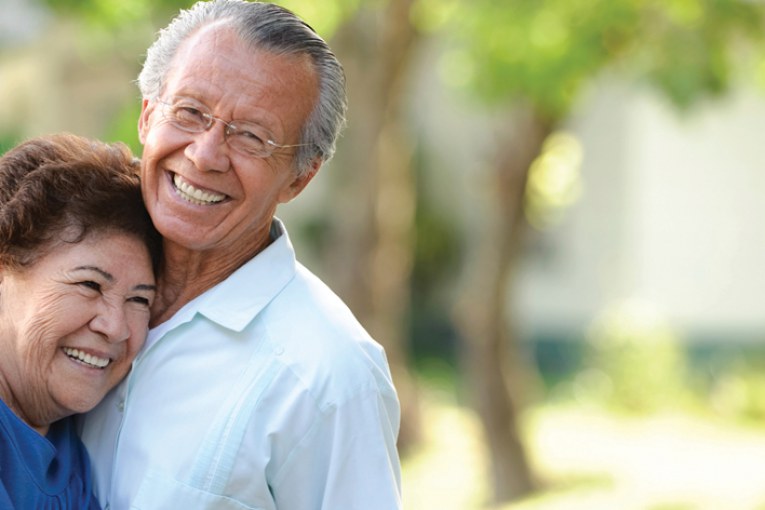
![]()
By Milo Feldman
On March 19th, the Yolo Healthy Aging Alliance shared a press release titled “Celebrating Healthy Aging in Yolo.” The article invites readers to attend the “Aging my Way” annual fundraiser to support the Yolo Healthy Aging Alliance and celebrate members of the “Century Club,” Davis residents who are 100 years or older.
The event, featuring a raffle, local beer, wine, music, and tacos from Las Brasas Tacos y Salsas in Woodland, will take place April 16, 2023, from 5–7 pm at Yolo Cares, 1909 Galileo Court. Tickets can be purchased here, or by check made out to “Yolo Healthy Aging Alliance,” 600 A Street, Suite C.
Proceeds will be used to help YHAA with its primary goal of “promoting the well-being of older adults in Yolo County through education, collaboration, and advocacy.” Events like this one, celebrating healthy aging and creating communities and activities for older adults, are increasingly important as our population ages.
We live in a youth-obsessed society, as well as a capitalist society, where your value as an individual is directly correlated to your ability to work. Both of these forces at the same time result in a blatantly ageist culture. Aging is inevitable, yet we have such a negative association with old age instilled in us from a young age.
And it’s not surprising: it is so easy to have a negative outlook on aging. In two of the last handful of horror movies I’ve seen, X and Barbarian, the antagonist or “monster” is just an old woman whose features are exaggerated. In X, she is obsessed with reclaiming her youth, and in Barbarian, reclaiming her motherhood. This trope is certainly not new: movies are still being produced that center around the repulsion of aging women.
In my gender studies classes, we have examined this phenomenon. While it cannot be summarized in just one framework, the internalization of youth-centric beauty standards can be described using a term coined by feminist scholar Jessica Valenti, “the purity myth.” This term encapsulates the simultaneous push for young girls to look and act grown up and the “girlification” of older adult women, all attempting to adhere to a youth-centered, unattainable beauty standard.
The way you feel about aging is in fact vital to your health, yet having an unhealthy relationship with aging is an embedded byproduct of capitalism and youth-centric beauty standards, not to mention anti-aging infrastructure, policies, medical neglect, and family structure, where the standard in the United States is single-family homes, leaving many older adults alone in their own homes for years in their later years. Without nearby family or kin, receiving care as well as transportation is extremely difficult.
The United States and many parts of the Western world are facing a caregiver crisis due to their aging populations, but this is not a new phenomenon. Disability affects a large portion of the population, yet everything is built to serve the mobile, able-bodied, and neurotypical. Since we have single-family units, many older adults are left alone at an old age, not living in close proximity to immediate family and not having friends around to help with care work.
Akin to the struggles addressed in disability studies, anti-aging structural changes are necessary to embrace aging as a normal human condition rather than continuing to create hostile environments that are inaccessible to many people. In their book Care Work: Dreaming Disability Justice, prominent disability studies scholar, Leah Lakshmi Piepzna-Samarasinha speaks on the exclusion of disability from activist spaces. They often see activists “happily add” ableism or disability justice onto the list of “justices” they stand for but do not do the work of trying to understand what disability justice actually looks like. If you want to include disability in your movement you need to make the space actually accessible to everyone — and that isn’t just picking a conference space with an elevator (Lakshmi, 2018, p.123).
It shouldn’t be so damn hard to exist, basically. Every time I visit my grandmother, almost without fail she’ll say to me “aging is not for the weak, I’ll tell you that:” when we went to a medical supply store to try on arch support cuffs, trying to put on compression socks unassisted, or after sighing standing up from a particularly low chair.
One of the foundations of disability studies is that disability affects us all, in one way or another at some point in our lives, and that “accessibility” in reality is really messy. It cannot be easily defined, explained, or visualized because in actuality, accommodating for the plethora of individuals’ needs is not neat or tidy. Effective care and accommodation would require building care into our community structure as well as our social infrastructure.
Having access to community, activities, and events is vital to ensure the happiness of our older adults, but addressing the structural issues at the root of anti-aging needs to happen first in order to create a healthy relationship with aging.